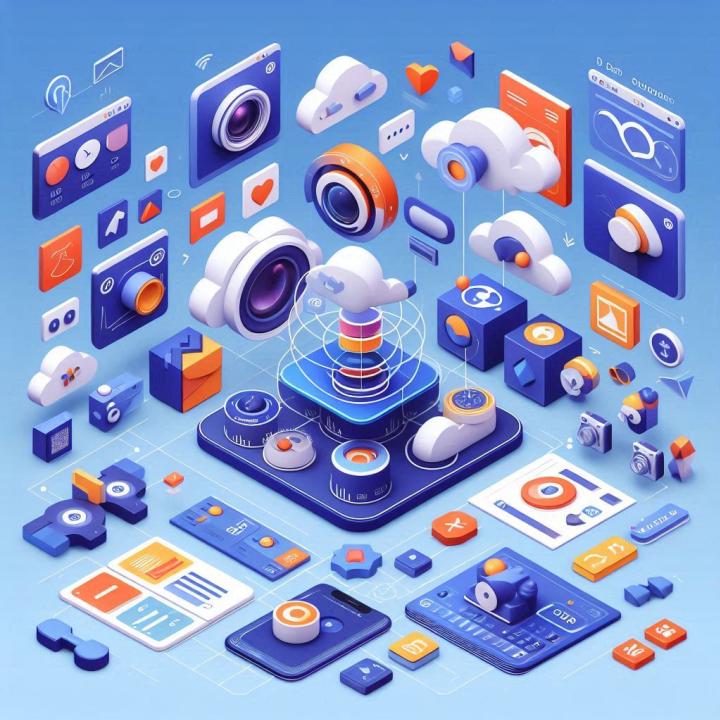Augmented Reality (AR) is a technology that has busted the widely accepted ways of digital content interaction people. By blurring the boundaries between the real and the digital, AR delivers vibrant and engrossing experiences that make users feel as if they are part of the story.
Key Benefits of AR in UX/UI Design
- Enhanced Engagement: AR creates life-like and interactive experiences, which in turn draws the users to the fullest and bring them satisfaction.
- Improved Information Access: Moreover, augmented reality can instantly show background information in the part of the user's wear that is in the visual, thus making it easier to understand & comprehend.
- Personalized Experiences: Augmented reality can be customized for every user, so individualized, specific content and experiences can't be provided.
- New Opportunities for Interaction: AR also offers various interactive ways, one of which is hand and finger movements that can be used to control the device along with voice commands.
Challenges and Considerations
- Technical Limitations: Sometime AR tech becomes a heavy demand on the devices and requires stable connections.
- User Experience Design: Akin to the human body exceeding specific parameters, the AR experience must be designed ergonomically to give the most satisfaction and motivation to the user.
- Content Creation: AR is the coolest tech out there but it is possible to make high-quality content in a "short" time and with a lot of resources.
Examples of AR in UX/UI Design
- Retail: AR makes a virtual try-on for clothing and furniture a highly engaging experience.
- Education: AR supports education through the provision of experiential and interactive educational environments.
- Gaming: Unexpectedly, AR provides different gaming experiences that can be easily confused with the real and virtual worlds.
- Navigation: Augmented reality overlays allow you to get instant route instructions and information right in your own environment.
Augmented Reality (AR) is a technology that is being developed on a massive scale and thus, more and more creative as well as believable applications of AR in UI/UX design are going to be witnessed. AR's positive and negative aspects provide designers a way to use them in creating appealing experiences for customers and consequently lead to the business' success.

